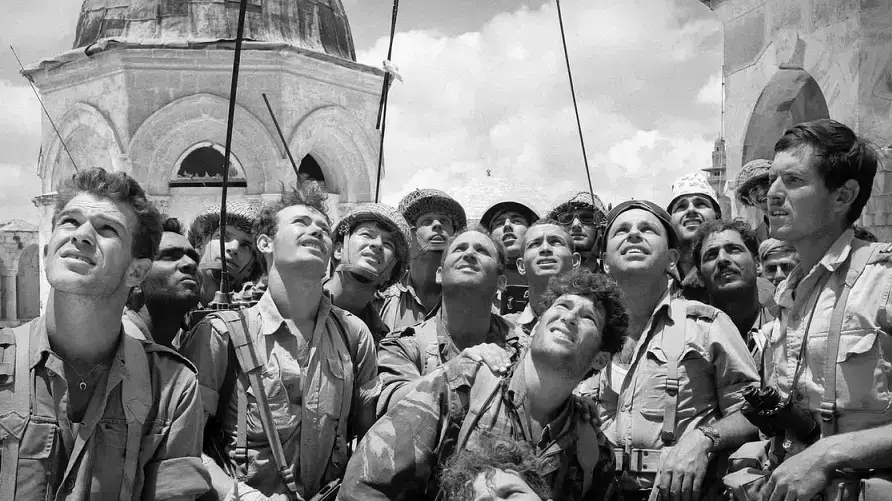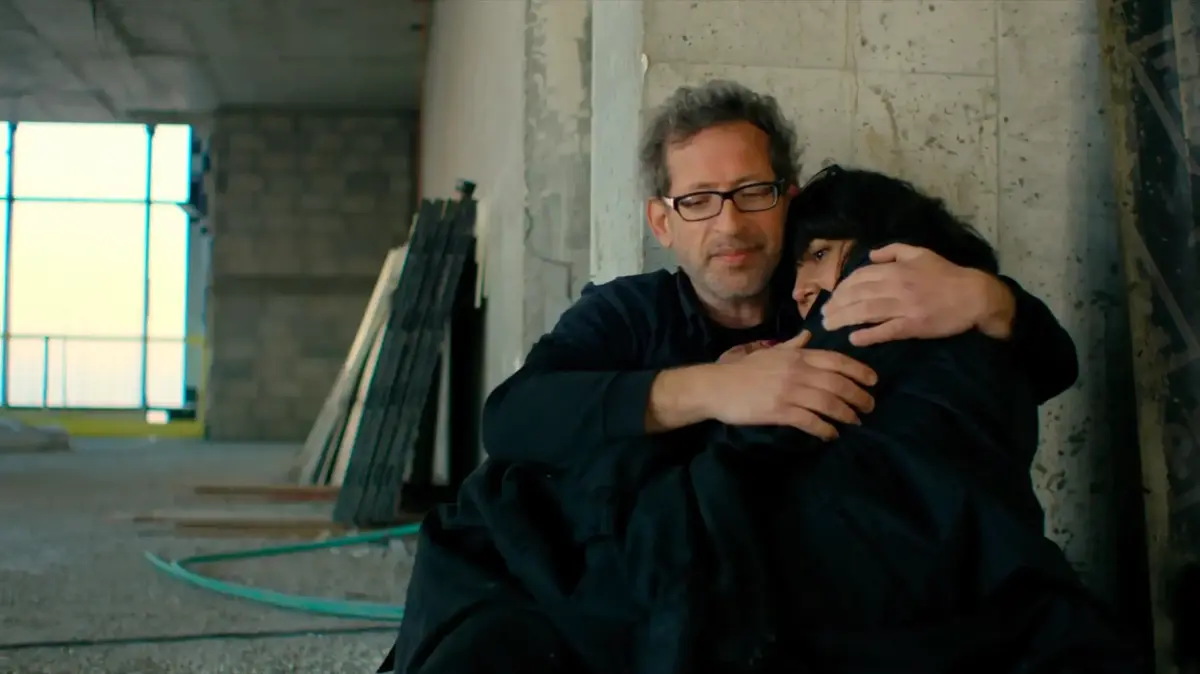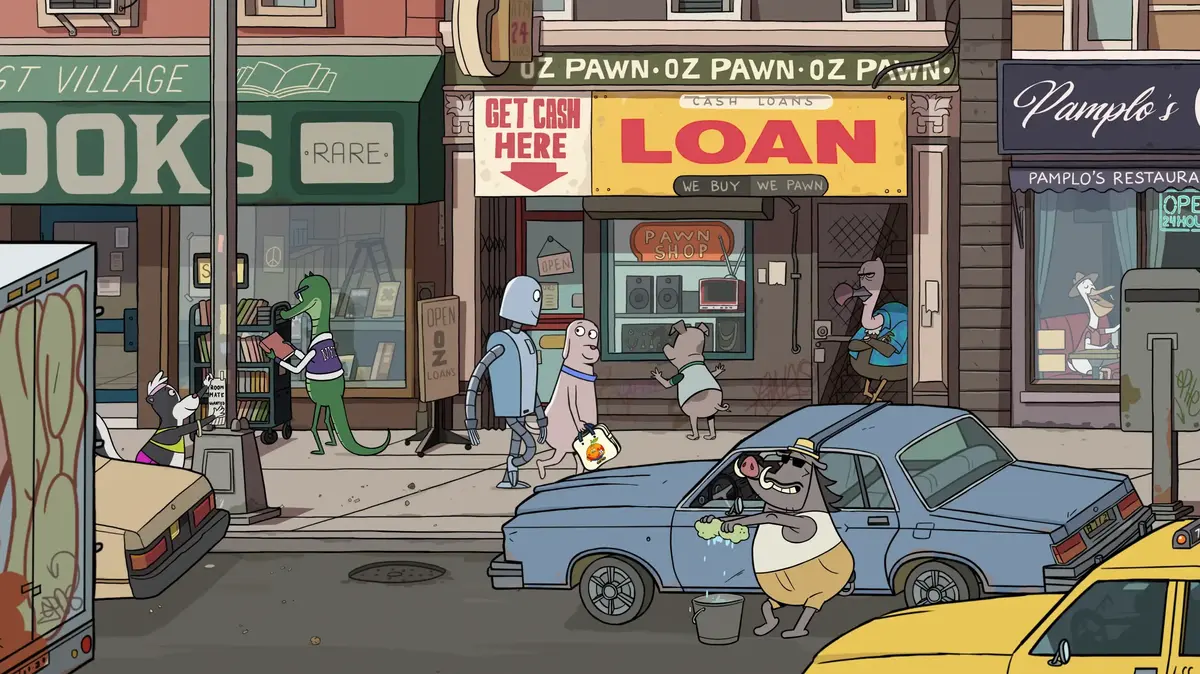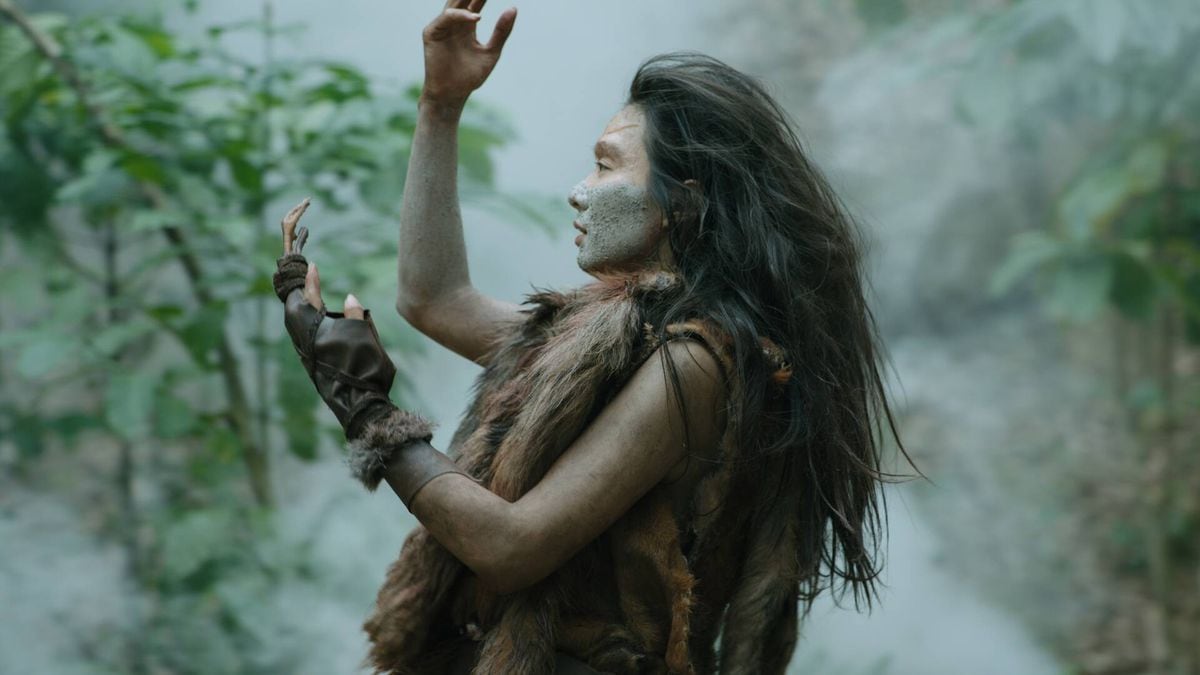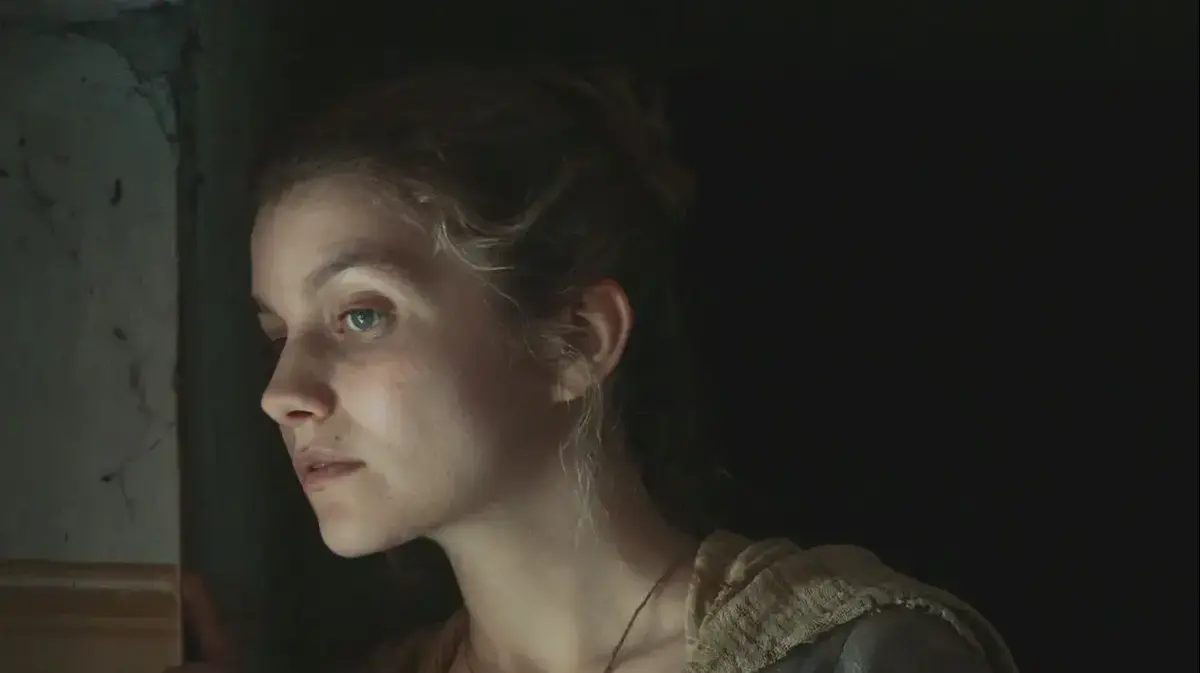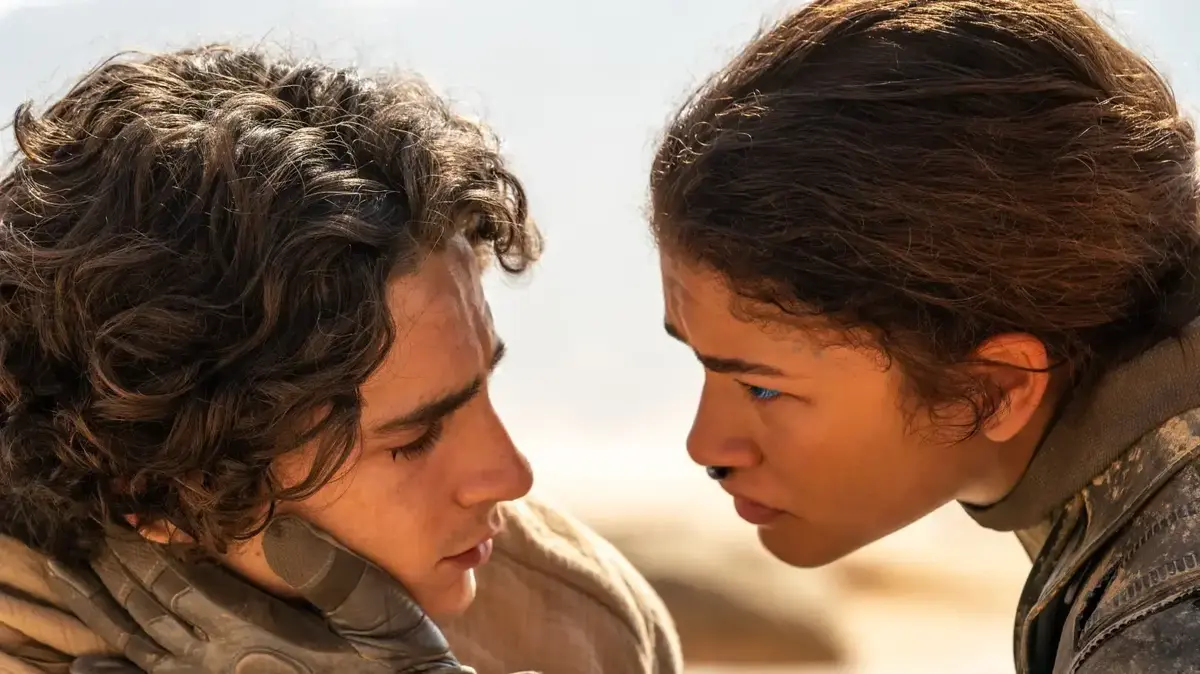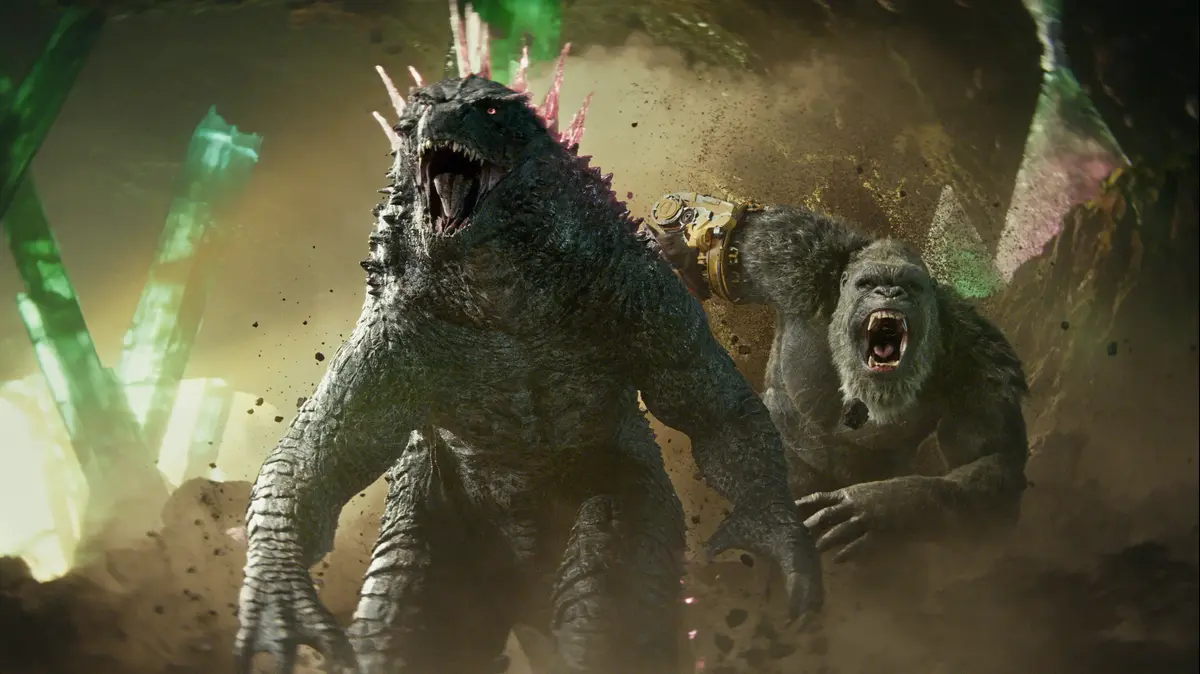This man saw everything.
Now you must see the movie about him
"1341 frames from Micha Bar-Am's camera", Ran Tal's film about the legendary photographer, is currently being screened at the Tel Aviv Cinematheque and at Yes Docu.
This is a story about Israeli history, ethics and aesthetics, and about a man who photographed the birth of his son but was not a particularly successful father
Avner Shavit
05/07/2022
Tuesday, 05 July 2022, 00:44
Share on Facebook
Share on WhatsApp
Share on Twitter
Share on Email
Share on general
Comments
Comments
Trailer for the movie "1341 Frames from Micha Bar-Am's Camera" (Ran Tal)
Star rating for movies - 4 stars (Photo: image processing,.)
Many historical events have recently returned to the headlines.
For example, the Eichmann trial following the new documentary series about him;
Or the Lebanon War, which this summer we mark forty years since its opening.
Few people, if any, have seen all of these happenings up close.
One of them is Micha Bar-Am, winner of the Israel Photography Prize, who is at the center of Ran Tal's new documentary.
The film is called "1341 Frames from Micha Bar-Am's Camera", and after winning the directing and editing awards at the Dokaviv Festival, it is currently being screened at the Tel Aviv Cinematheque and is also available at yes docu, which produced it.
In addition, the Tel Aviv Museum accompanies him in a special exhibition, but we are here to talk about the film.
The film is spread over a little less than an hour and a half, and can be said to be run on three levels.
On one level, as its name implies, he presents us with the best images of a perpetuated people on his camera, and tells us the thoughts of himself and Orna Bar-Am, his personal and professional partner over the years.
Since their heritage is already an integral part of Israeli mythology, these are also reflections on the entire Israeli history.
A particularly interesting moment relates to Bar-Am's work in the Six Day War.
His photographs from the period launched his international career.
They made him a member of the Magnum Agency and a regular partner of the New York Times, but he was the last to relish them.
More on Walla!
I went to see a cute movie.
In the end I sighed in relief that I had not been stabbed
To the full article
The whole world loved photography.
Except for the photographer.
From "1341 frames from Micha Bar-Am's camera" (Photo: screenshot, screenshot from the movie "1341 frames from Micha Bar-Am's camera")
The paratroopers' documentation on the Temple Mount is one of the most famous in the history of Israeli photography - but Micha, according to the film, "does not like it."
The negativity intensifies in relation to the photograph from that time of a soldier praying at the Western Wall, with a dome on his head and a chain of balls on his shoulders that simulates a tallit.
"We were very happy with the photography, but over the years we began to despise it," says Orna, then adds a political-historical perspective.
"The reason: Micah says it was the embodiment of the connection between religion and power."
One picture is worth a thousand words, and if you add a few more words of the person who took it, you get a fascinating illustration of the changing relationship between a creator and his work, and the way a picture can tell the story of a country.
From the other end of the spectrum, towards the end of the film, Bar-Am's photographs come from the Sabra and Shatila massacre.
The photographer, who was born in Germany in 1930 and immigrated to Israel three years after Hitler came to power, does not hesitate to compare the sights he saw there with those of the Holocaust.
"I do not wish any photographer to photograph such sights," he declares, and himself does not understand why he insisted on staying there and continuing to photograph the horrors.
This leads us to the second level of the film: a more general discussion, on universal issues relevant to every photographer and perhaps also to every artist, anywhere and anytime.
Through Bar-Am's photographs and reactions, the film discusses the connection between ethics and aesthetics.
"The most horrible things are aesthetic," he declares in the first sentence of the film, and later reconsiders that he and other photographers are drawn to tragedies, and feed on them to create art and gain fame.
The connection between religion and power.
From "1341 frames from Micha Bar-Am's camera" (Photo: screenshot, screenshot from the movie "1341 frames from Micha Bar-Am's camera")
In conclusion, on the third level, the film also reveals a personal biography of Bar-Am - a logical move, because the photographer always combined his personal and professional life, for example in photographs that documented the birth of his son and caused a sensation in his time.
The passages dealing with honest and exciting parenting.
The photographer speaks openly about his relationship with his father, who in the best Hikki tradition was cold, and the sons of Bar-Am himself tell what kind of father he was, and admit that he was far from being the best father in the world, to say the least.
Orna Bar-Am's voice is almost as dominant as Micha's.
She is a full partner in contemplation and interpretation.
The film relishes their romantic story: they met in their youth, separated for a long time and here they are together to this day, but the director also asks if Orna did not sacrifice her career for the sake of who became her eternal partner and the father of two of her children.
Personal and national.
From "1341 frames from Micha Bar-Am's camera" (Photo: Micha Bar-Am)
As in Ran Tal's previous films, for example "Children of the Sun" and "Heaven", here too he separates the soundtracks and the image.
We hear the Bar-Am couple, but do not see them, only archive footage and the canonical photographs.
It adds a dimension of complexity and mystery because we are not exposed to the facial expressions and body gestures of the two while they are talking, so we have a hard time deciphering their feelings to the end.
Do they say what they say in irony, in anger, in completeness, in melancholy?
All of this remains, literally, below the surface.
In this sense, watching a movie is like reading a book because it leaves a lot of room for imagination in its audience.
The director of the kibbutz dealt with "Children of the Sun";
In "Heaven" in Sahna.
Then came the "museum" filmed at the Israel Museum, and then the filmmaker moved from people to places - first in his previous and excellent film about Ehud Barak, and now in his film this month.
Either way, the films he puts out under his hands are always exciting, complex, eye-catching and anything but trivial.
Blanket Bar-Am deserves to be photographed by Ran Tal, because he and his work are already part of the canon.
culture
Theater
Movie review
Tags
Ran Tel
Micha Bar-Am
Six Day War
eichmans trial
Dokaviv Festival

